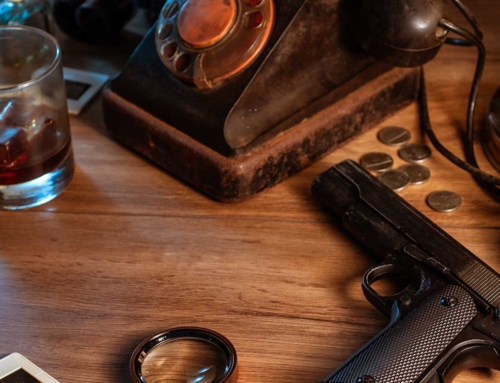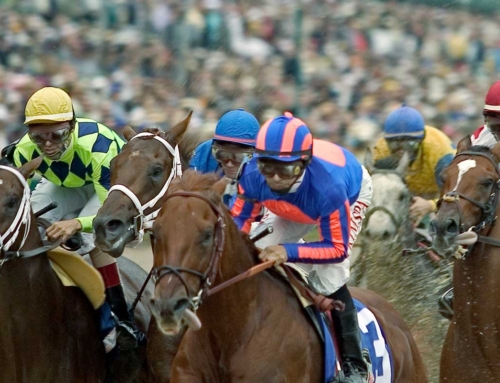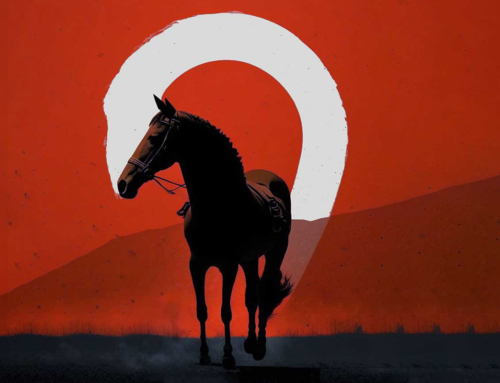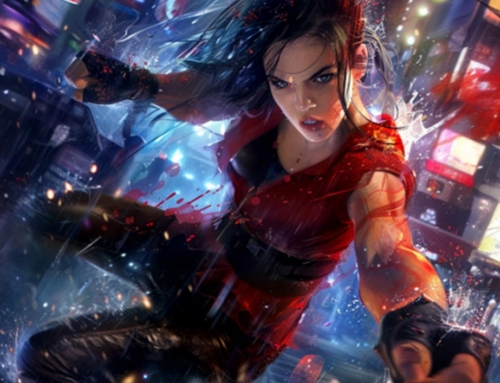
A Fairyland City of Ice
Harbin International Ice and Snow Festival
When tourists first arrive in China, more often than not, they’ve prepared a checklist of the Middle Kingdom’s spectacular attractions to experience. The Great Wall of China, The Forbidden City (Imperial Palace Museum), The Terracotta Army, The Summer Palace, Cruising the Li River, and the Chengdu Research Base of Giant Panda Breeding are a few of the many agenda-toppers.
All phenomenal choices. But if you’re lucky enough to come to China between the end of December and the start of February—and always wanted to visit a winter wonderland near the border of Siberia—you can take part in the annual “International Ice and Snow Sculpture Festival” in China’s northernmost province of Heilongjiang.
The Ice City
Vibrant Harbin, nicknamed the Ice City, is the capital of Heilongjiang and the historic metropolis spares no expense in hosting the stunning festival. The unforgettable winter spectacle on the banks of the frozen Songhua River takes full advantage of Heilongjiang Province’s frigid seasonal temperatures dropping as low as minus thirty degrees Fahrenheit.
Each winter, visitors, media, and photographers from around the world gather in Harbin to see the snow and ice festival advertised as the biggest on Earth. The sculptures can be as tall as a fifteen-story building or as short as a one-story house. Some of the installations, constructed of ice blocks weighing fifteen-hundred pounds each, can weigh more than three hundred tons.
Glistening replicas of world wonders, palaces, and castles made from ice blocks embedded with colorful LEDs illuminate the night sky along the river. Larger-than-life sculptures of people, animals, and storybook characters are carved out of masses of specialized snow. Sculptures based on fairy tales and classical stories enchant youngsters and adults alike.
Ever wonder what a giant fish would look like made of ice blocks carved from the frozen Songhua River? Or how about a colossal snail made from snow? Or a full-size ice and snow dinosaur shining with lasers to spectacular effect? Then, Harbin is the place to go.
Spectacular Themes
A new snow and ice theme is chosen for the festival every year. Past themes have been “Pearl of Ice,” “Snow City: Ice and Light,” and the legendary favorite “Ice and Snow World, Fairy Tale Kingdom,” which featured ice-block creations of the Eiffel Tower, the palace in Versailles, London Bridge, and Buckingham Palace lit up in rainbow colors.
Slip-on your snow boots and put on your warmest clothes with multiple base layers underneath—as if touring the North Pole—and buy tickets for one of the festival’s themed zones. More than ten thousand workers, artists, and engineers with cranes, bulldozers, trucks, chain saws, axes, and hand carving tools construct the attractions found in the two-hundred-square-acre theme park’s Ice & Snow World, Sun Island Snow Sculpture Art Expo, Zhaolin Park, Snow Happy Valley, and Songhua River Ice attractions.
Come marvel at the incredible sculptures made from seven million cubic feet of ice blocks and an equal amount of specially prepared snow. The common theme in every towering structure is that they make you say, “wow.”
Festival fun is endless, for kids and adults alike, who can enjoy the rides, ice slides, and games in this winter wonderland. With endless amounts of ice sculptures, kingdoms of snow castles, grand ice staircases, dancing, ice skating, skiing, dazzling lights, and laser shows illuminating the night sky, Harbin earns the reputation for the greatest ice festival in the world.
Harbin is not only famous for its frozen winters, ice, and snow. Harbin is a vibrant metropolitan city with a rich heritage—the 15th largest in China with an urban population of more than six million people—that boasts a mix of modern architecture and historic buildings such as the Russian Orthodox Saint Sophia Cathedral, as well as European-style houses on Zhongyang Street.
The sprawling city is the capital of Heilongjiang, China’s northernmost province, with remote mountain ranges and a flat interior plain. It’s named for the Heilong (Black Dragon) River, bordering Russia, and has become China’s destination for ski resorts.
In the thriller novel Last Flower by Niklas Three, the Harbin Ice and Snow Festival plays a romantic role.
Excerpt from “Last Flower: A Suspense Thriller Novel” by Niklas Three. © Reprinted by permission. All rights reserved.
Harbin was experiencing a mild night. A cessation of polar winds sculling in from the Siberian high-pressure system had kept temperatures hovering at a relatively comfortable minus eight degrees Fahrenheit. The thirty-degree rise was a weather reprieve that had visitors eager to explore the ice exhibits instead of retreating to fireplaces and warm beds.
Recognizing the screeching whoosh from a trio of pyrotechnic rockets, the crowd craned their necks upward. Glittering, arcing smoke trails signaled the start of the sky-high action of the evening’s fireworks show.
The computer controller, maximizing suspense, waited several seconds before launching a barrage of spiraling and twisting incendiaries propelling up and up. Fighting for space to blossom, multiple mega-sized balls of fire collided. The sky filled with color from the cascade of red, blue, pink, white, and gold explosions. Another sequence of choreographed fireworks thundered to the cosmos, fragmenting into a waterfall of combustion glee. Secondary bursts of black-powdered stars shattered into flamboyant, drooping flower petals in a rainbow of saturated hues.
Zhang’s jaw clenched to match the knot in his stomach at the reverberations. Salvo after salvo of detonations—world-breaking sounds—had the road-weary traveler lifting his gloved hands to his ears. When the dark heavens reached the brilliant tipping point of how much light could be added, he turned away in search of visual peace.
A step pyramid of luminous, red ice-block tiers met his gaze. At the top, an enormous, frozen creation of the mythical Heilongjiang Province’s Black Dragon loomed over the crowd. The fabled war god, hatched in the fires of the region’s volcanic mountain range, was perfectly carved, chiseled, and smoothed. Its majestic taloned wings lifted, the ninety-foot-long dragon, with a triad of horned heads held menacingly low on serpentine necks, looked poised to power to flight.
To one side of the lava-field-shaped pedestal supporting the chimerical creature, spectators gathered to watch the riverfront pyrotechnics. To the other was what drew Zhang’s attention—a person off alone.
In the end, what’s most remarkable about visiting Harbin in winter is the spirit of imagination that enables you to enjoy the festival. It’s a magical moment in time where everything slows down. And while skeptics might see it as a kitschy event, they’re mistaken; the festival is thrilling and colorful without being garish or anything but filled with childlike wonder.
There’s something about achingly beautiful snow sculptures: the quiet, the perfect stillness, or the striking lines that seem to channel creative expression beyond human comprehension. The extreme cold weather, combined with brilliant and creative snow sculptures, creates a surreal landscape that you must see to believe. With its icy landscape and snow-covered trees and buildings, the whole city of Harbin becomes a winter wonderland during the festival months.
It’s an astonishing sight and well worth a visit.
Just a reminder: You’ll likely have never experienced anything so cold as Harbin’s temperatures. So, pack a lot of cold-weather gear. Layers … layers … layers … are the secret to keeping toasty with thermals, hats, and gloves. Don’t worry if you don’t pack enough warm clothing. Harbin is a massive city with plenty of shops and malls!





















